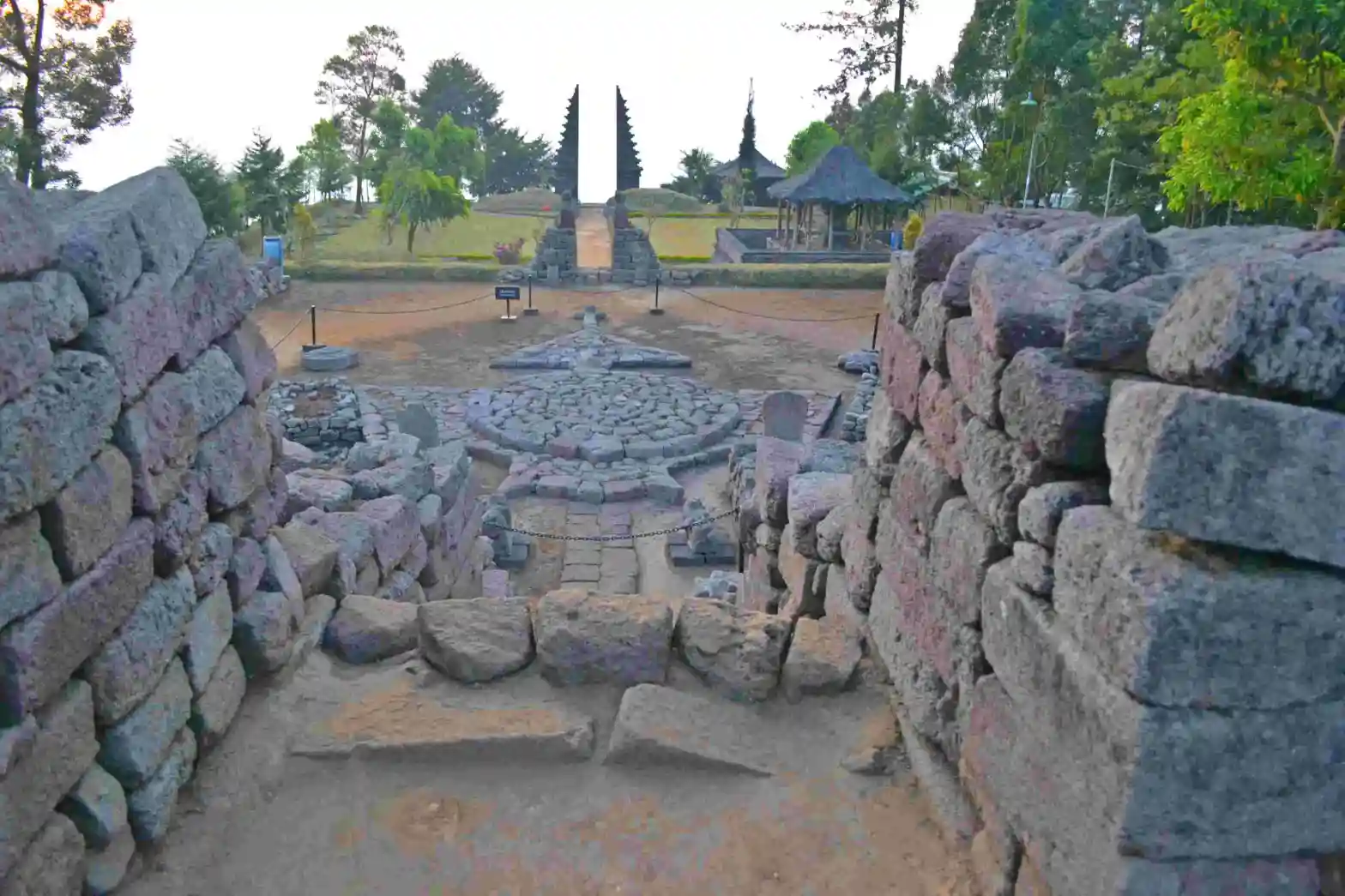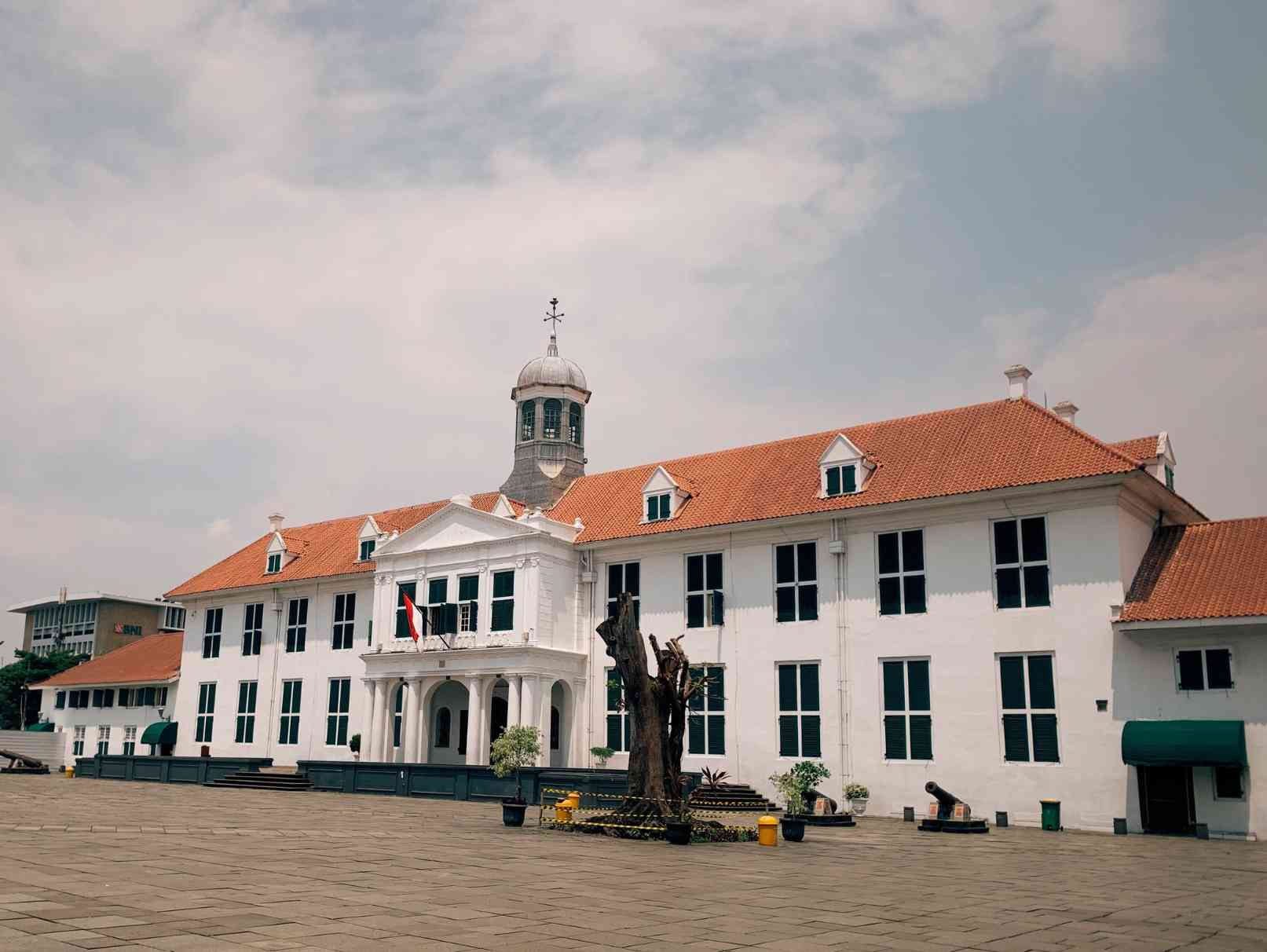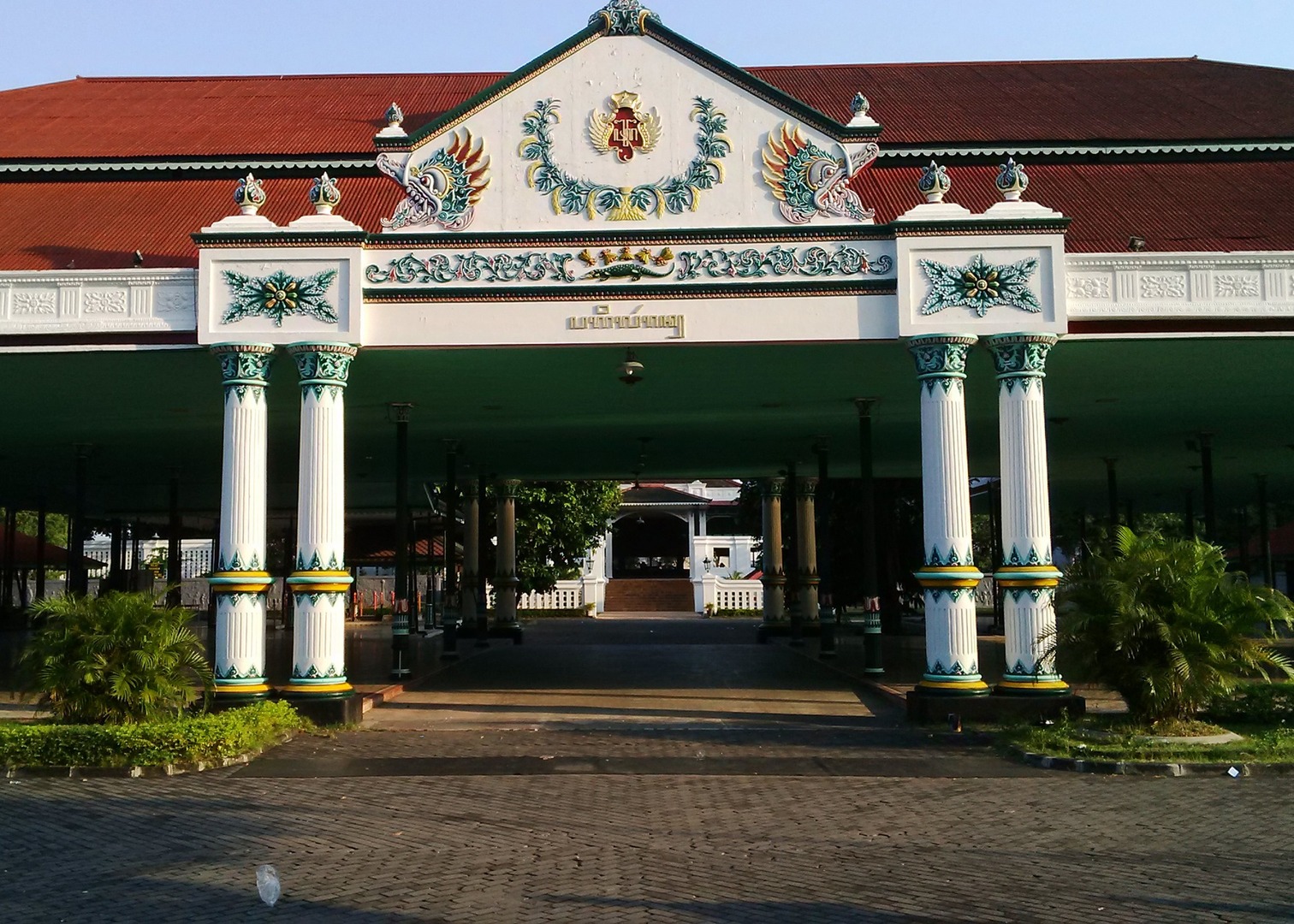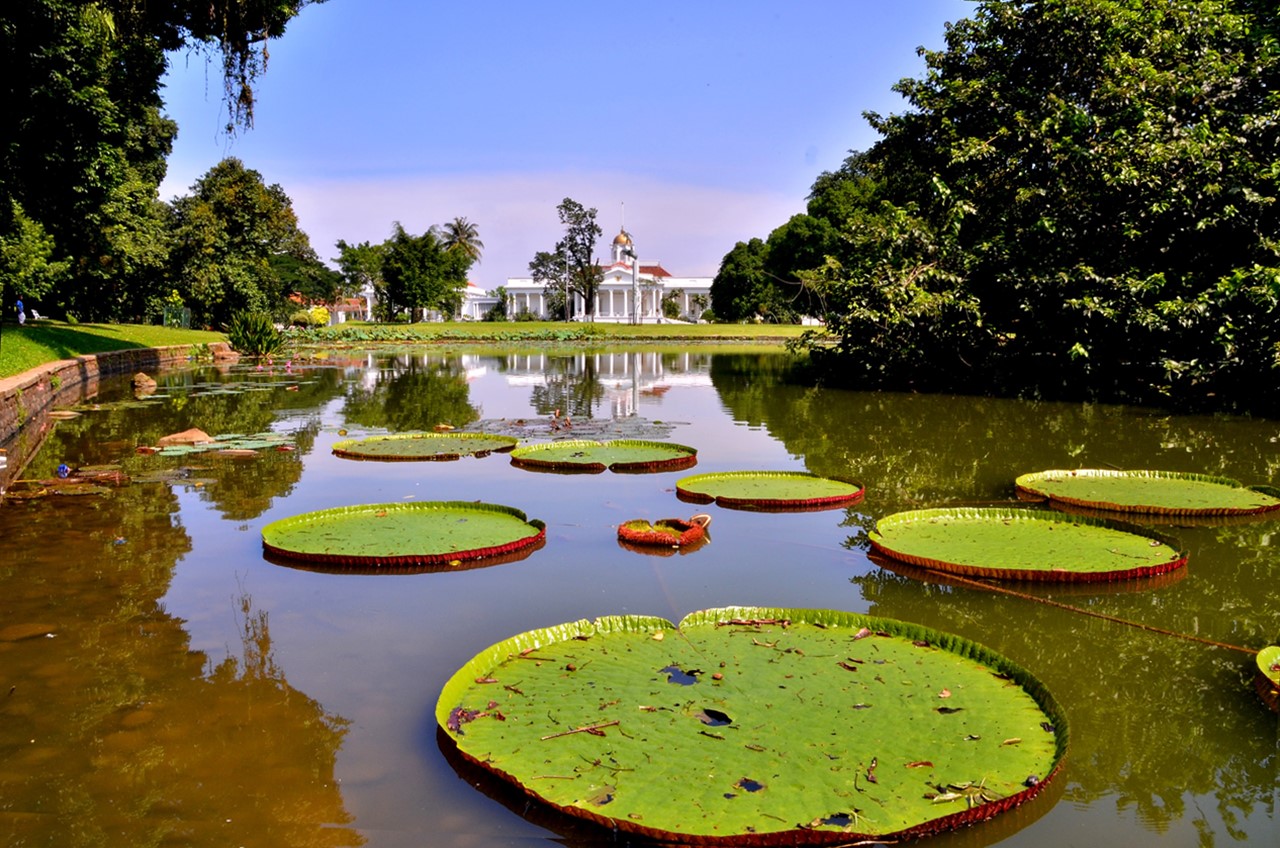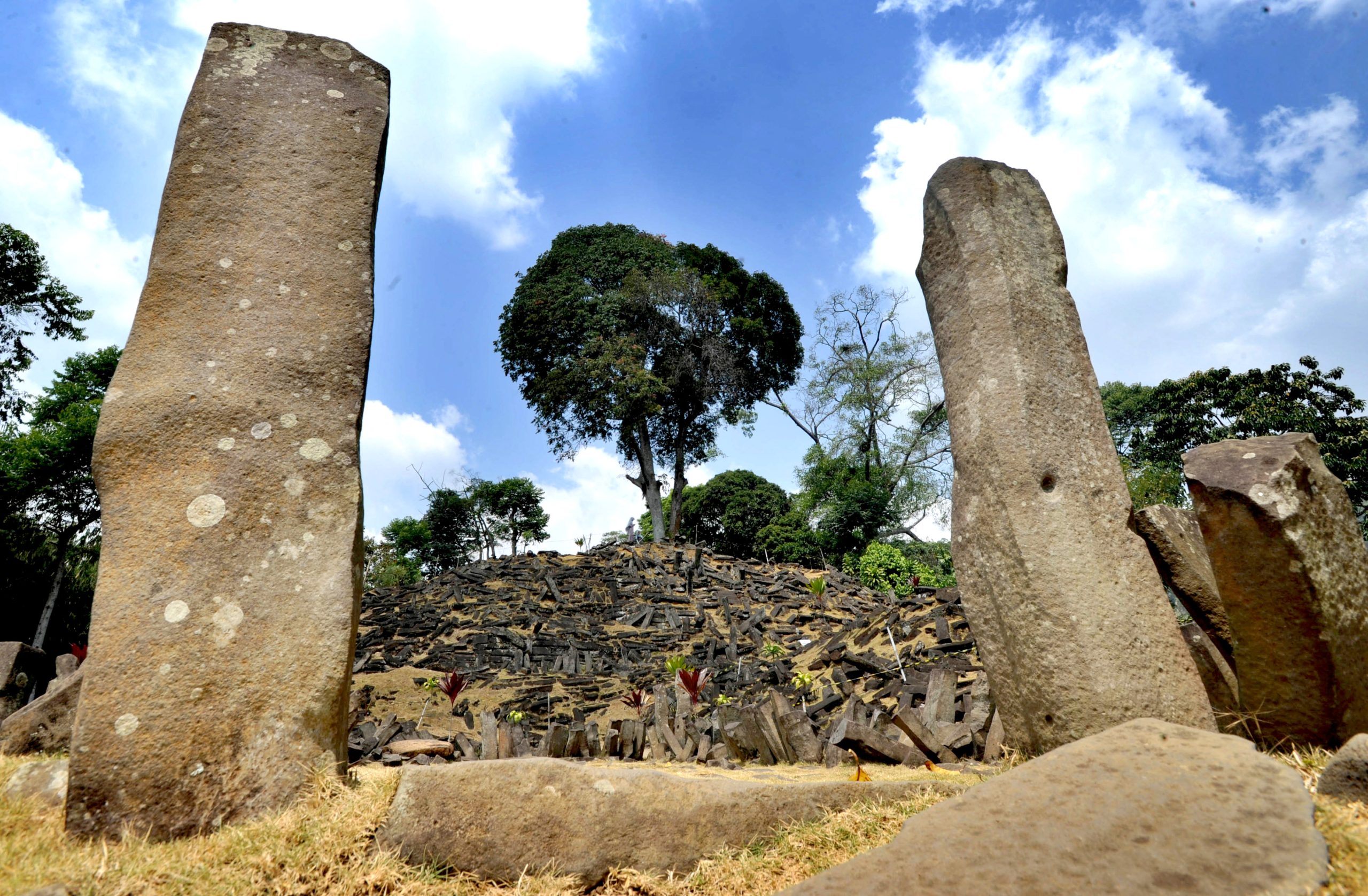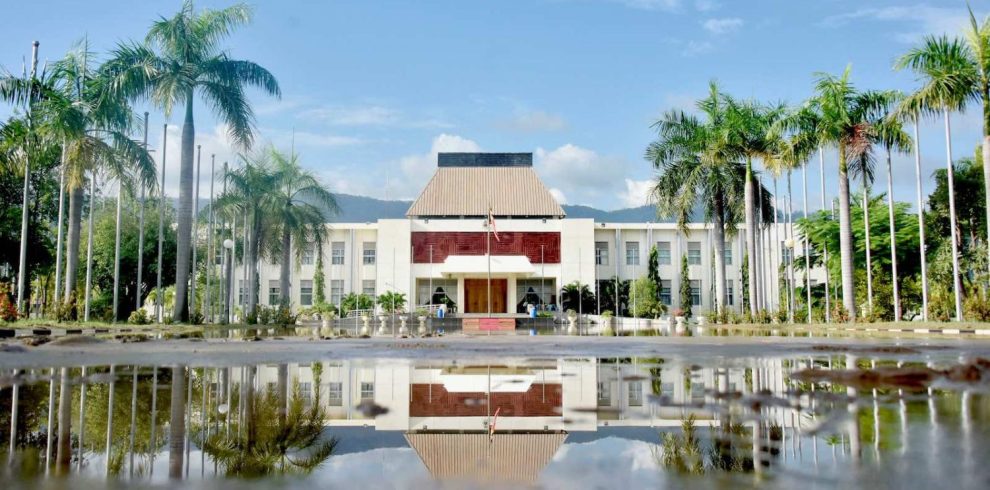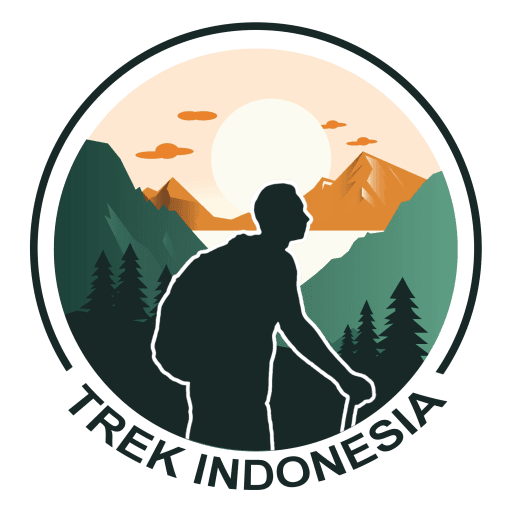Early morning at 05:00 am, be picked up at the hotel by a guide and driver.
Then drive for around 3.5 hours to the border of Baduy Tribe by private car. Breakfast will be provided at a local restaurant with a cup of coffee to enjoy. After breakfast, prepare to explore the unique Baduy Tribe. Get to visit and learn about the ethnic Sundanese ethnic. (Please note: It is not allowed to visit the inner Baduy Tribe. Only the outer Baduy Tribe is accessible.)
Learn all about the Baduy Tribe who call themselves Kanekes. They are a traditional Sundanese community living in the western part of Indonesia in the province of Banten, near Rangkasbitung. The population of 11,700 is centered in the Kendeng Mountains at 300-500 metres above sea level. Ethnically the Baduys belong to the Sundanese ethnic group. Their racial, physical and linguistic traits bear much resemblance to the rest of the Sundanese people, however, the difference is in their way of life. Baduy people resist foreign influences and strive to preserve their traditional way of life, while most modern Sundanese are more open to foreign influences. The Baduy are divided into two sub-groups, the Baduy Dalam (Inner Baduy), and the Baduy Luar (Outer Baduy).
No foreigners are allowed to meet the Inner Baduy who practice limited contact with the outside world. The origin of the word Baduy may come from the term ‘Bedouin’ although other sources claim the source is a name of a local river. Return to Jakarta for overnight.


